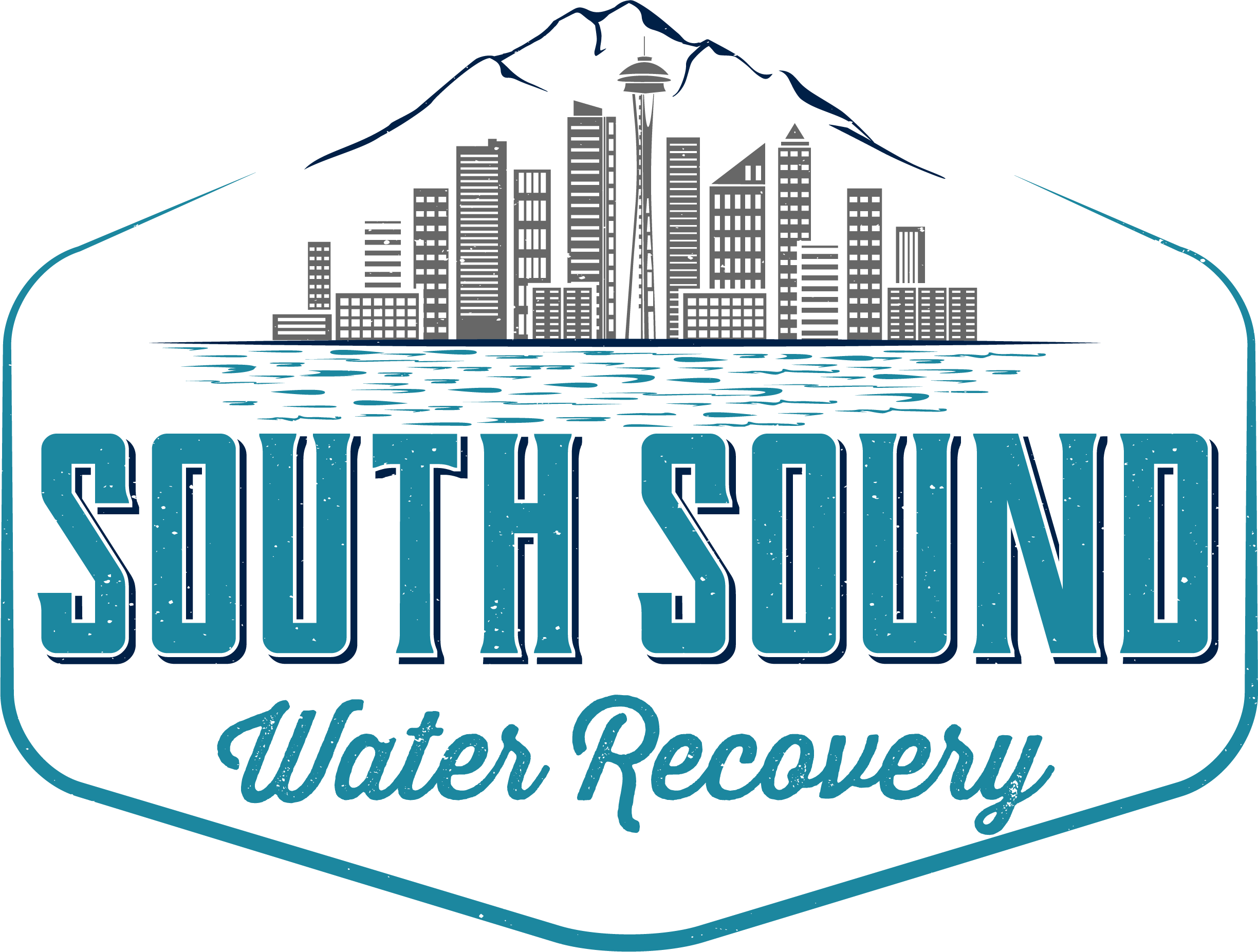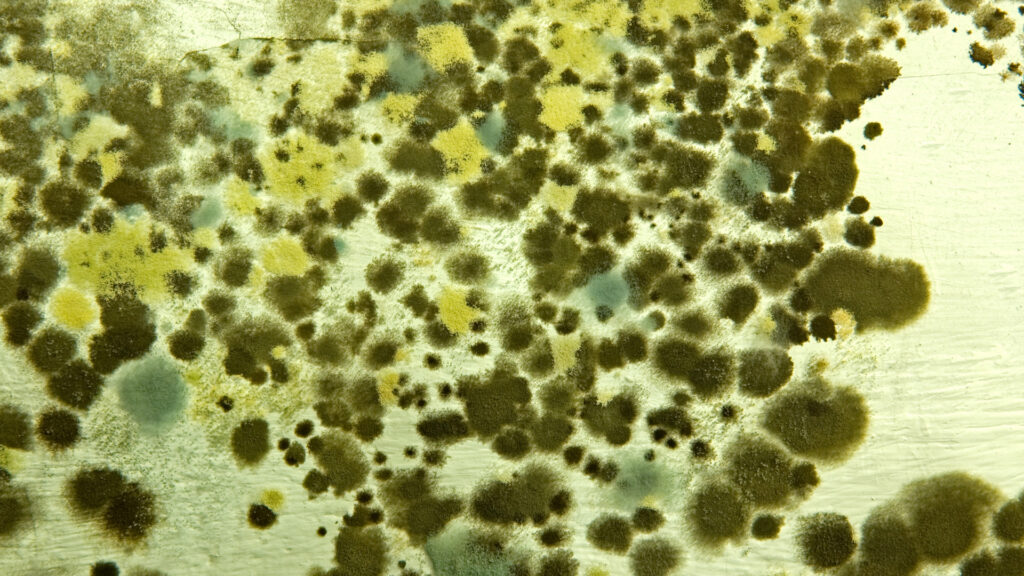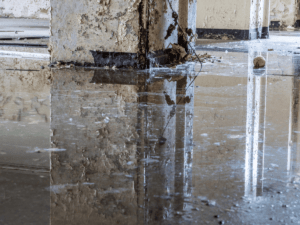Breathe Easy:
We often think of our homes as safe havens—places where we can retreat from the outside world, basking in comfort and peace. However, even within these sacred walls, there lie hidden dangers that can silently creep up, compromising our health without us even realizing it. One such menace is mold.
Understanding Mold and Its Growth Conditions
Mold. The very word might conjure images of old bread or that forgotten container in the back of the fridge. But what exactly is mold, and why should we be concerned about its presence in our homes?
What is Mold? A Brief Overview
Mold is a type of fungus that exists everywhere in our environment. Unlike plants that rely on photosynthesis, molds obtain their energy by breaking down organic materials. This decomposition process is essential in nature, helping to break down leaves, wood, and other organic matter. However, when mold finds its way into our homes, it can become a problem.
Molds reproduce by releasing tiny spores that float in the air. When these spores land on a damp surface, they can start to grow. The mold then produces enzymes that break down the surface it’s on, be it food, walls, or fabrics, to obtain nutrients.
Common Places in the Home Where Mold Thrives
While mold spores are omnipresent, they particularly love environments that provide them with two essential conditions: moisture and a food source. Here are some common places in the home where mold often takes up residence:
- Bathrooms: The combination of humidity from showers and baths, along with often inadequate ventilation, makes bathrooms a prime spot for mold growth.
- Basements: Many basements suffer from poor ventilation and dampness, especially if there are any leaks or if the home is situated in a low-lying area prone to flooding.
- Attics: Improperly vented or leaking roofs can introduce moisture into the attic space, facilitating mold growth on wood and insulation.
- Kitchens: Spills, splashes, and steam from cooking, especially if not cleaned up promptly or if the kitchen isn’t well-ventilated, can create an ideal environment for mold.
- Around Windows: Condensation can build up around windows, especially in colder weather, providing a moist surface for mold to grow.
- Closets: Dark and occasionally damp, especially if they share a wall with a bathroom or are located in a basement, closets can become a hidden breeding ground for mold.
Being aware of these common mold hotspots is the first step to prevention. By regularly checking and maintaining these areas, we can significantly reduce the chances of mold taking hold and threatening our home’s sanctity.
The Science Behind Mold Toxicity
Mold is more than just an unsightly inconvenience. Its presence has far-reaching implications, especially when it comes to our health. To truly appreciate the urgency of addressing mold in our homes, we must first understand the science of its toxicity.
How Mold Releases Toxic Substances
At the cellular level, molds are master survivalists. When they grow on surfaces or organic material, they secrete enzymes to break down that material for nourishment. As mold digests its ‘food’, it releases secondary metabolites known as mycotoxins. These mycotoxins are chemical compounds produced to give mold a competitive edge against other microorganisms.
The issue arises when these mycotoxins, often volatile or airborne, come into contact with humans. They are not always harmful in low amounts, but in larger concentrations or prolonged exposure, they can be quite toxic.
Health Implications of Mold Exposure
When humans inhale, ingest, or touch mold or mold spores, it can lead to an array of health problems, especially for those with pre-existing conditions, allergies, or compromised immune systems. Here are some of the key health implications linked to mold exposure:
- Respiratory Problems: Mold spores and mycotoxins can irritate the lungs and respiratory tract. This can lead to symptoms like coughing, wheezing, and shortness of breath. For asthmatics, exposure can exacerbate their condition.
- Allergic Reactions: Many people are allergic to molds. Common allergic reactions include sneezing, itching, runny nose, red eyes, and skin rashes.
- Neurological Symptoms: Some mycotoxins are neurotoxic and can lead to symptoms like headaches, dizziness, memory problems, and mood changes.
- Immune System Suppression: Prolonged exposure can potentially weaken the immune system, making individuals more susceptible to infections.
- Organ Damage: Certain mycotoxins can have harmful effects on the liver, kidneys, and even the heart.
- Toxic Mold Syndrome: In rare cases, continued exposure to high levels of mold and mycotoxins can lead to a condition called toxic mold syndrome, characterized by a range of symptoms from fatigue and nausea to memory loss and muscle aches.
The insidious nature of mold toxicity is that its symptoms can often mimic other common conditions, making it challenging to diagnose. However, understanding the science behind its harmful effects empowers us to take proactive measures to ensure a safe, mold-free living environment.
The 10 Warning Signs of Mold Toxicity
As the saying goes, knowledge is power. When it comes to mold toxicity, this couldn’t be truer. The first step to protecting yourself and your loved ones from the harmful effects of mold is recognizing the signs. Mold exposure doesn’t just manifest in one way; its impact is diverse, ranging from physical to cognitive symptoms. Let’s delve into the 10 key warning signs that could indicate mold toxicity.
1. Respiratory Issues
Breathing should be as natural as, well, breathing. However, when mold enters the equation, it can disrupt this simple act. Mold spores and toxins can irritate the respiratory system, leading to shortness of breath, wheezing, and persistent coughing. If you find yourself or a family member struggling with unexplained respiratory problems, mold might be the culprit.
2. Allergic Reactions
Our bodies are built to respond to foreign invaders, and mold is no exception. Sneezing, itching, and skin rashes can be the body’s way of signaling an allergic reaction to mold spores.
3. Fatigue and Weakness
Ever had those days where you just can’t shake off the fatigue, even after a good night’s sleep? Prolonged exposure to mold can lead to persistent tiredness and a general sense of weakness.
4. Frequent Headaches
While several factors can trigger headaches, there’s a documented link between mold exposure and migraines. If you’ve been experiencing more headaches than usual, especially in specific parts of your home, mold might be lurking.
5. Cognitive Impairments
Our brain’s prowess shouldn’t be clouded by mold. Those exposed to mold might report memory problems and difficulty concentrating—symptoms often dismissed as stress or age-related but can be tied to mold toxicity.
6. Sensitivity to Light
It might sound surprising, but mold exposure can impact our eyes. Individuals might experience eye irritation or even vision problems, often manifesting as an increased sensitivity to light.
7. Sinus Congestion
Sinus troubles? Mold might be to blame. Mold plays a sinister role in sinusitis and can cause nasal blockages, leading to that persistent stuffy or runny nose.
8. Persistent Cough
A dry, scratchy throat and a persistent cough that doesn’t seem tied to a cold or flu might be the body’s way of signaling mold exposure.
9. Unexplained Muscle Cramps
While it can be easy to attribute muscle cramps to physical exertion, unexplained cramping might have a moldy root. The toxins produced by certain molds can lead to muscle pain that’s hard to pin to any specific activity.
10. Mood Fluctuations
Our mental well-being is just as important as our physical health. Depression, anxiety, and unpredictable mood swings can sometimes be traced back to mold exposure, especially if there’s no other evident cause.
Recognizing these signs is the first step. If you or a loved one are experiencing any of these symptoms, especially in combination, it’s essential to assess your living environment for mold and seek appropriate action.
Conclusion
A home should be a safe, nurturing environment. While mold might seem like a small issue, its implications on our health are substantial. The keys to a mold-free home are vigilance and awareness. Regular checks, prompt maintenance, and a keen eye for early signs of mold can save you not just from potential health hazards but also from expensive remediation down the line.
As we conclude, remember that the sanctity of your living space is worth every ounce of effort. Stay vigilant, stay informed, and breathe easy in the knowledge that you’re taking all the steps to ensure a healthy, mold-free home.





